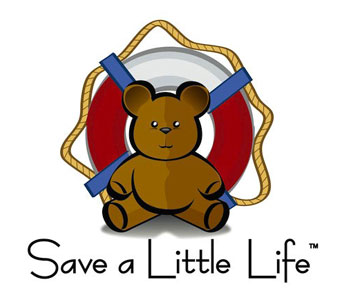Sometimes a product, be it candy, a toy or even a purely functional item can present a hidden danger that no one is aware of until it actually causes harm or worse.
Children are both creative and curious and that will often lead them to explore play things in ways that we may not anticipate. For that reason, no matter what toys or games your little one plays with, it is always important to watch and observe how they interact with them, especially where infants & toddlers are concerned. The same holds true for food, candy in particular, which plays a big role in the holiday season or any on special occasion.
Of course, the bad news is, accidents happen. On the plus side, when accidents do occur and a product is reported to be unsafe, the ensuing investigation may result in a recall of that particular product. Unlike automobile recalls, however, product recalls don’t always make the headlines. So how do we know what we should be on the lookout for or when a recall has taken place?
Well, the good news is, the U.S government keeps close tabs on products that are unsafe and have been formally recalled by the Consumer Product Safety Commission, otherwise known as the CPSC.
Save a Little Life™ strongly encourages all parents to visit the CPSC website at https://www.cpsc.gov/ where you can find a complete and up-to-date list of products that have been recalled.
You also have the option to receive email alerts by subscribing to their newsletter.
